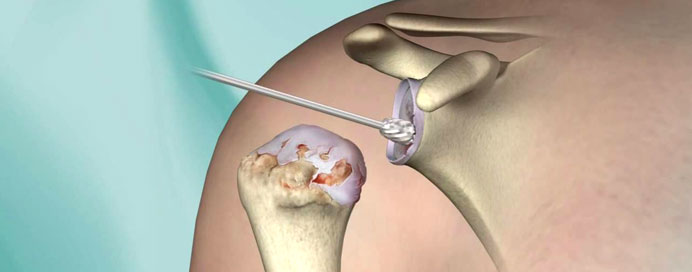Services / Dr. Ravi Bhanushali

Shoulder hemiarthroplasty is a surgical procedure performed to replace the ball portion of the shoulder joint (the humeral head) with an artificial implant, while retaining the native socket portion of the joint (the glenoid). This procedure is often chosen in cases where the humeral head is severely damaged or fractured, but the glenoid remains healthy and functional.
Here’s an overview of shoulder hemiarthroplasty:
Indications: Shoulder hemiarthroplasty is typically indicated for individuals with severe fractures of the proximal humerus (the top portion of the upper arm bone) that cannot be adequately treated with non-surgical methods such as immobilization or internal fixation. It may also be considered for certain cases of arthritis or other degenerative conditions affecting the humeral head.
Preparation: Before the surgery, patients undergo a thorough evaluation, including imaging studies such as X-rays, CT scans, or MRI to assess the severity and location of the fracture, as well as the condition of the surrounding bone and soft tissues. Patients may also undergo pre-operative tests to evaluate their overall health and fitness for surgery.
Recovery and Rehabilitation:
